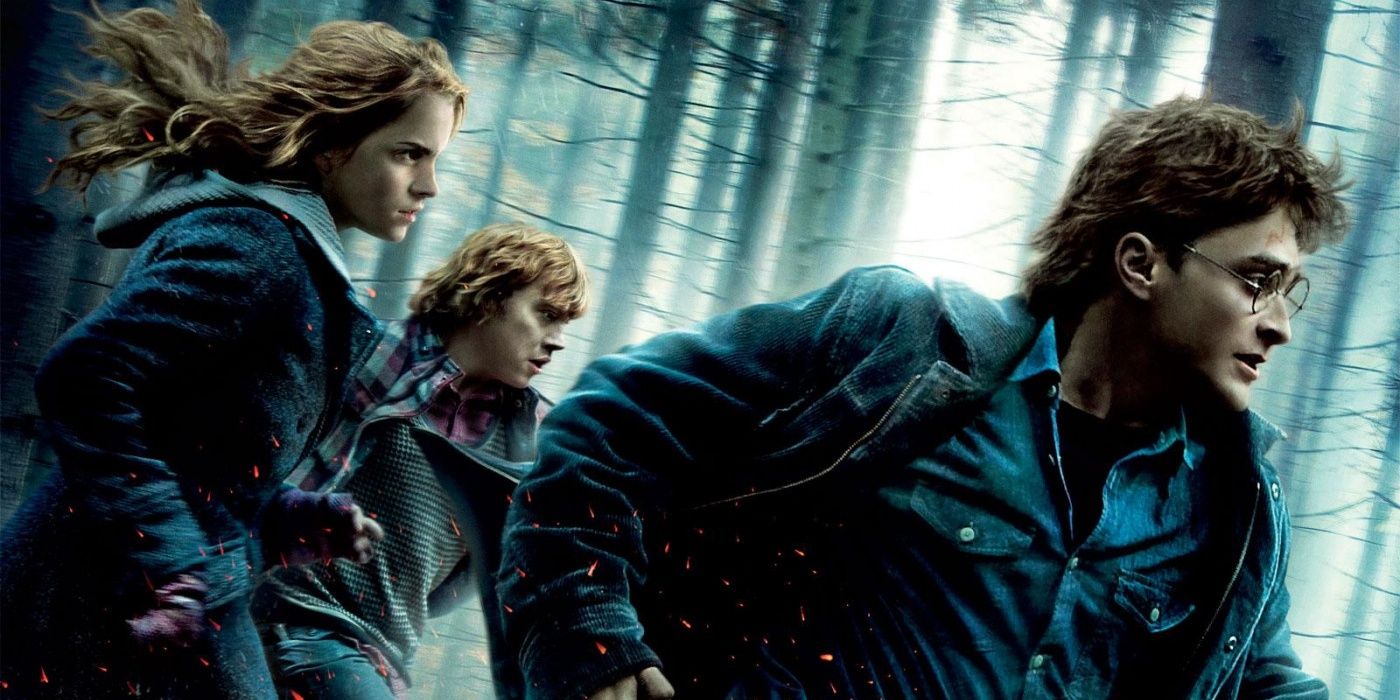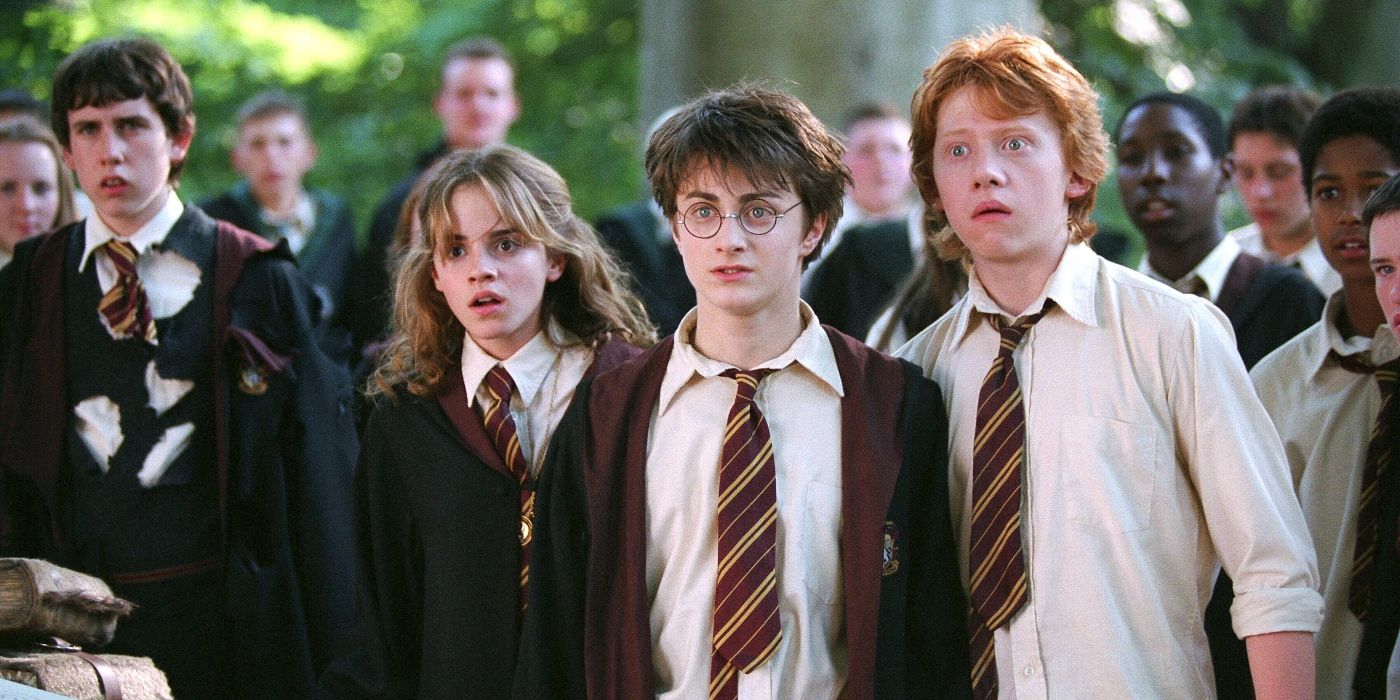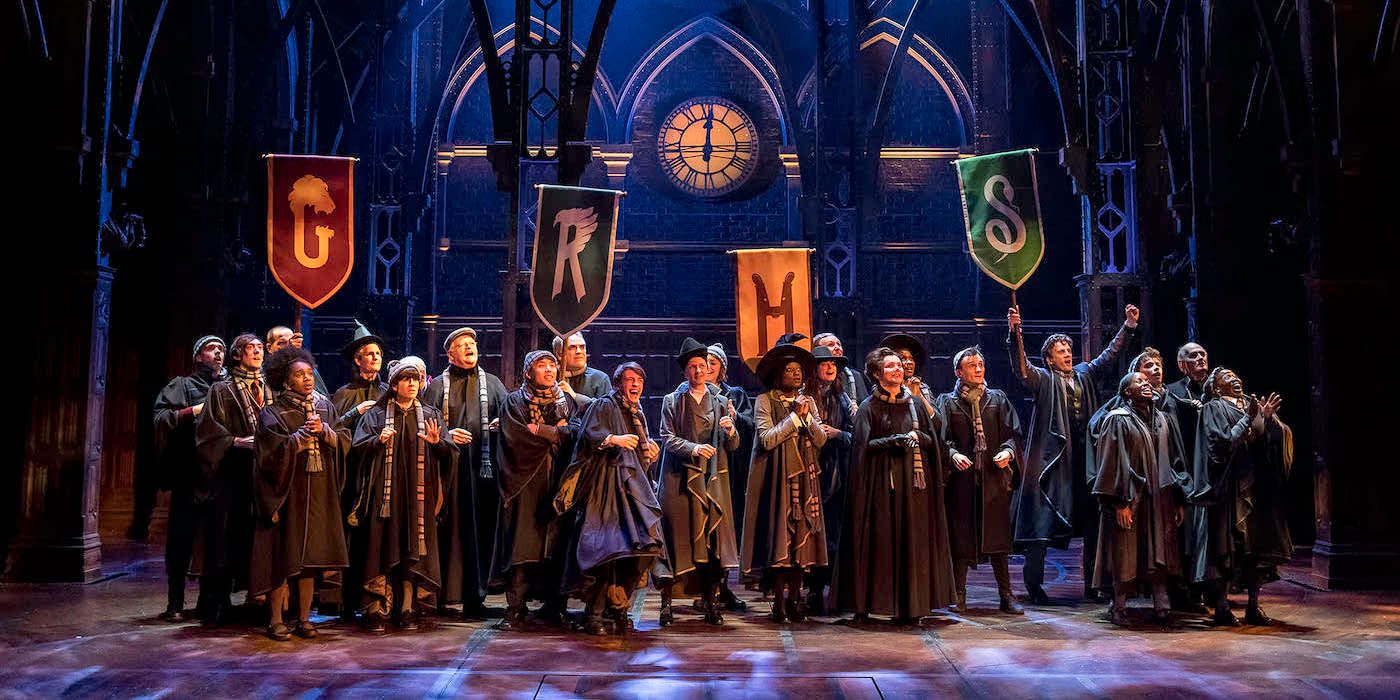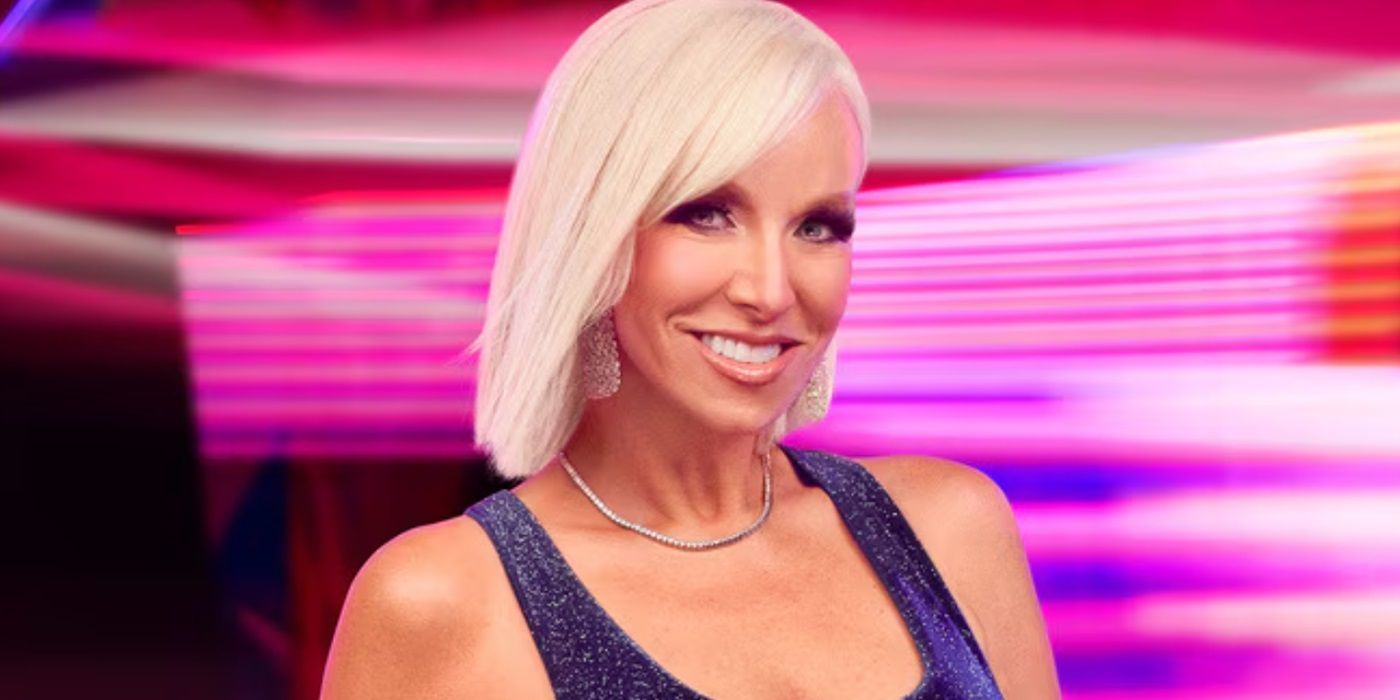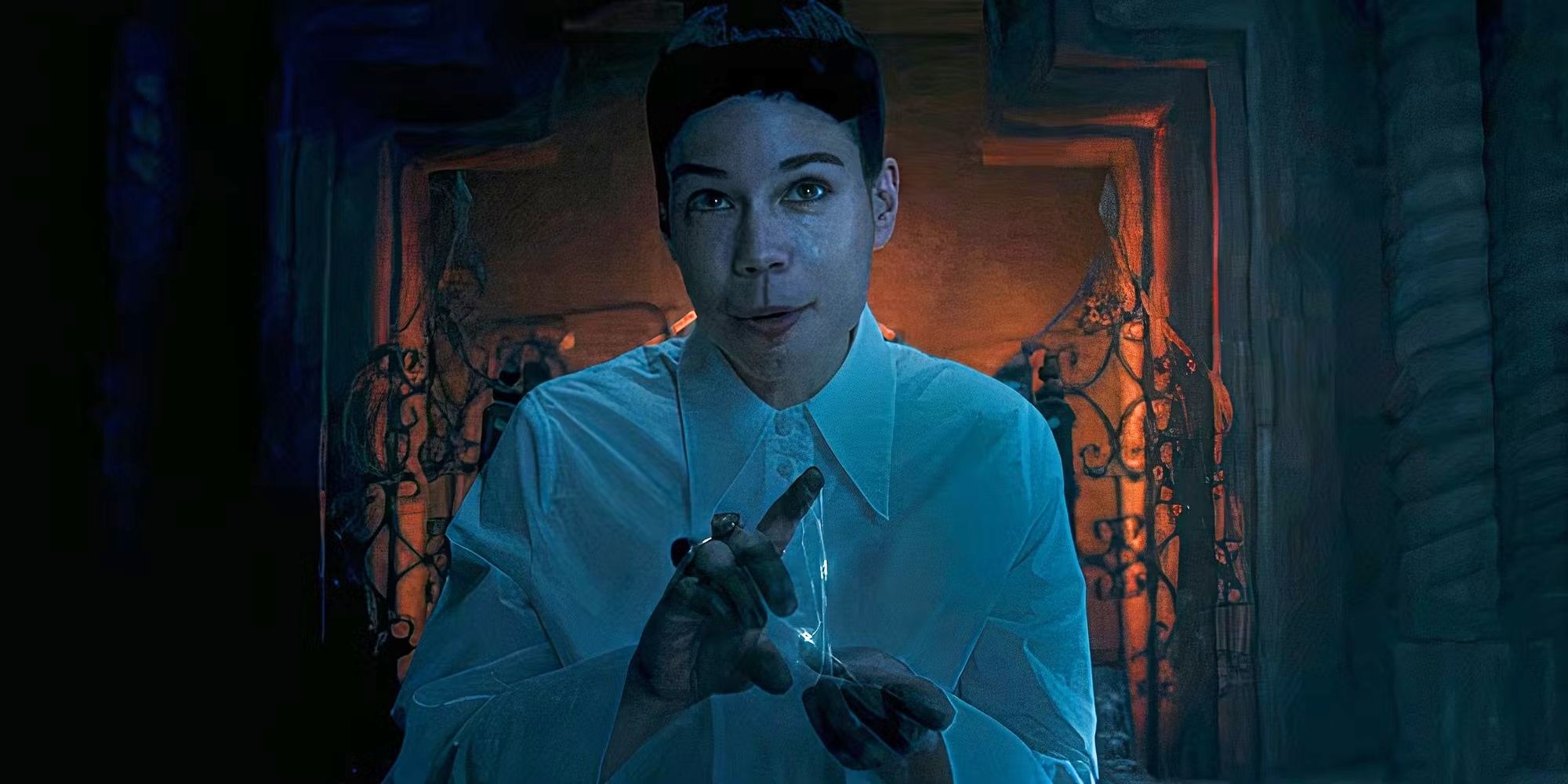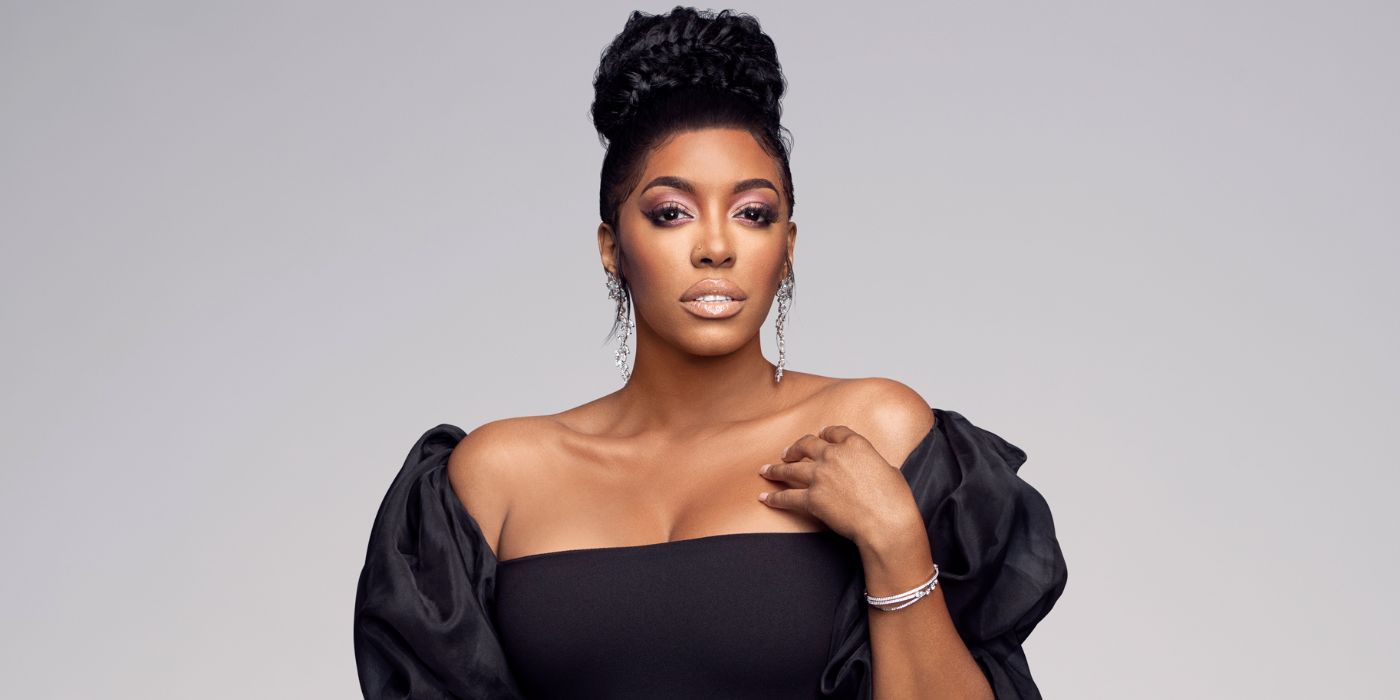The Big Picture
- Hermione should be portrayed as Black in the upcoming Harry Potter TV series as she was in The Cursed Child.
- Hermione being black aligns with her story and highlights the real-world issues of racial discrimination alluded to in the series.
- Making Hermione Black would differentiate the new series from the films and allow for a fresh interpretation of the character.
Harry Potter is one of the most easily recognizable franchises, with seven books, eight films, an upcoming TV series, and even an official play. But each new version makes changes. Though widely adored by fans, the films are different from the books. Meanwhile, The Cursed Child may have received criticism from fans with plot holes and fundamental changes to the characters. Though HBO’s upcoming series has yet to announce any details, one change from The Cursed Child should carry over: Hermione’s race.
The series lacks diversity, but the stage production cast a Black woman as Hermione, taking a step in the right direction. Changing the race of characters in an adaptation is common, but his change wouldn’t be solely to reach an acceptable level of diversity for a modern show as it fits with the character. Hermione isn’t only one of Harry’s best friends, but also a brilliant muggle-born witch during a conflict where that is not a safe thing to be. Throughout the series, she faces discrimination from witches and wizards based on her blood status, which is a crucial part of the story that could be better translated to society by making the character Black. It also provides a deeper motivation for her feelings towards the House Elves. As HBO prepares to make a new series based on the books, they should make the same change because not only does it increase diversity and benefit the character, but it would differentiate the series from the films in the process.
Harry Potter and the Sorcerer’s Stone
Adaptation of the first of J.K. Rowling’s popular children’s novels about Harry Potter, a boy who learns on his eleventh birthday that he is the orphaned son of two powerful wizards and possesses unique magical powers of his own. He is summoned from his life as an unwanted child to become a student at Hogwarts, an English boarding school for wizards. There, he meets several friends who become his closest allies and help him discover the truth about his parents’ mysterious deaths.
- Release Date
- November 16, 2001
- Runtime
- 152 minutes
Harry Potter Needs More Diversity
For a story that has a heavy focus on (admittedly magical) discrimination, the representation is lacking. The series has a few characters that diversity the cast, but none have leading parts. The most significant non-white characters are Dean Thomas, Kingsley Shacklbolt, and Cho Chang, none of whom consistently play a major role. Others are primarily background parts, like Angelina Johnson, Lee Jordan, the Patil twins, and Blaise Zabini. While these characters can and should get more focus in the new series, that is not enough to fix the issue. The series cannot change the story enough to make any of these a major part. But changing the race of a member of the main trio would go a long way to adding diversity, and Hermione would make the most sense, especially with The Cursed Child‘s example.
Interestingly, this change doesn’t impact Hermione’s general description too much. She is written as white, which the films emphasize by casting Emma Watson, but the books describe her bushy hair and brown eyes, which wouldn’t need to change. This is not the same for Ron, who would likely lose the Weasley family’s classic red hair, or Harry, whose green eyes are meant to reflect his mother’s. If the series decides to make Hermione Black, many of her physical traits can remain the same. But her easily adapted appearance is not what most lends itself to changing Hermione’s race as it fits well with her story.
Being Black Fits Hermione’s Story
The hate Hermione experiences as a muggle-born witch is a thinly veiled exploration of racial discrimination. Hermione and other muggle-born witches and wizards are called slurs, attacked, and treated as inferior. Although most of this comes from Voldemort and his followers, even characters like Professor Slughorn are surprised that such a talented witch is muggle-born, showing that the problem is far greater than one radical group. The divisions of blood status, the hierarchy that Voldemort and the Death Eaters believe in, and the general discrimination are a reflection of real-world issues, and making Hermione Black highlights the comparison. Most can pick up on the similarities themselves, but a black Hermione would drive it home, making the moments where she is called “mudblood” appropriately uncomfortable for the audience. If the character is meant to show the issues of growing up as a part of a marginalized community, then having her portrayed as white raises concerns.
Hermione being Black deepens the connection she feels to the enslaved House Elves, which inspires her to create The Society for the Promotion of Elfish Welfare or S.P.E.W. Learning of the treatment of House Elves, Hermione is rightfully enraged and is determined to do something about it. She takes action by trying to trick the Hogwarts House Elves into freedom, which is not the best response. But her passion is explained by her ability to relate to them through their similar experiences, which would only be made more understandable by a race change. Of course, the S.P.E.W. plot raises issues, especially if Hermione is Black. Even her friends make fun of her for her attempts to help the House Elves, which shows Harry and Ron in a bad light. However, the new series will have to adjust this plotline. Portraying the House Elves as happily enslaved and most of the heroes content to ignore the issue cannot be made palatable. With changes already necessary to this plotline, Hermione’s race can enhance the story rather than hurt it.
A Black Hermione Would Differentiate the New Harry Potter Series
Though The Cursed Child has already provided a Black Hermione, the play is distinctly different from the rest of the franchise. With a different story set decades later, the play is unlike the rest. Meanwhile, the books, films, and the upcoming series all center on Harry’s years at Hogwarts. The show will have the important task of distinguishing itself from the films. Certain aspects of the books were cut from the film, giving the show some new material to work with, but it will need to do more in the effort to separate itself. A Black Hermione would be a clear and easy way of differentiating the new series from the earlier films. Whoever is cast will inevitably be compared to the film versions, and Watson’s version of Hermione is deservedly beloved. No matter who plays the part, they will have much to live up to after Watson’s portrayal, but making a clear and intentional change to the vital character would set the new Hermione apart and lessen the comparison.
One argument against the race swap is the fact that the young actress would be subjected to internet hate, which is true enough. The casting of Noma Dumezweni, who originated the role in The Cursed Child, sparked a long discussion and many hateful remarks. Certainly, protecting a young girl is a valid concern, but this is a poor excuse to prevent representation. With The Cursed Child initiating the debate, HBO including a Black Hermione in the upcoming series makes sense, as it fits with her character, increases diversity within the cast, and sets the new version of the story apart from the others.
All of the Harry Potter films are available to stream on Max in the U.S.
WATCH ON MAX

